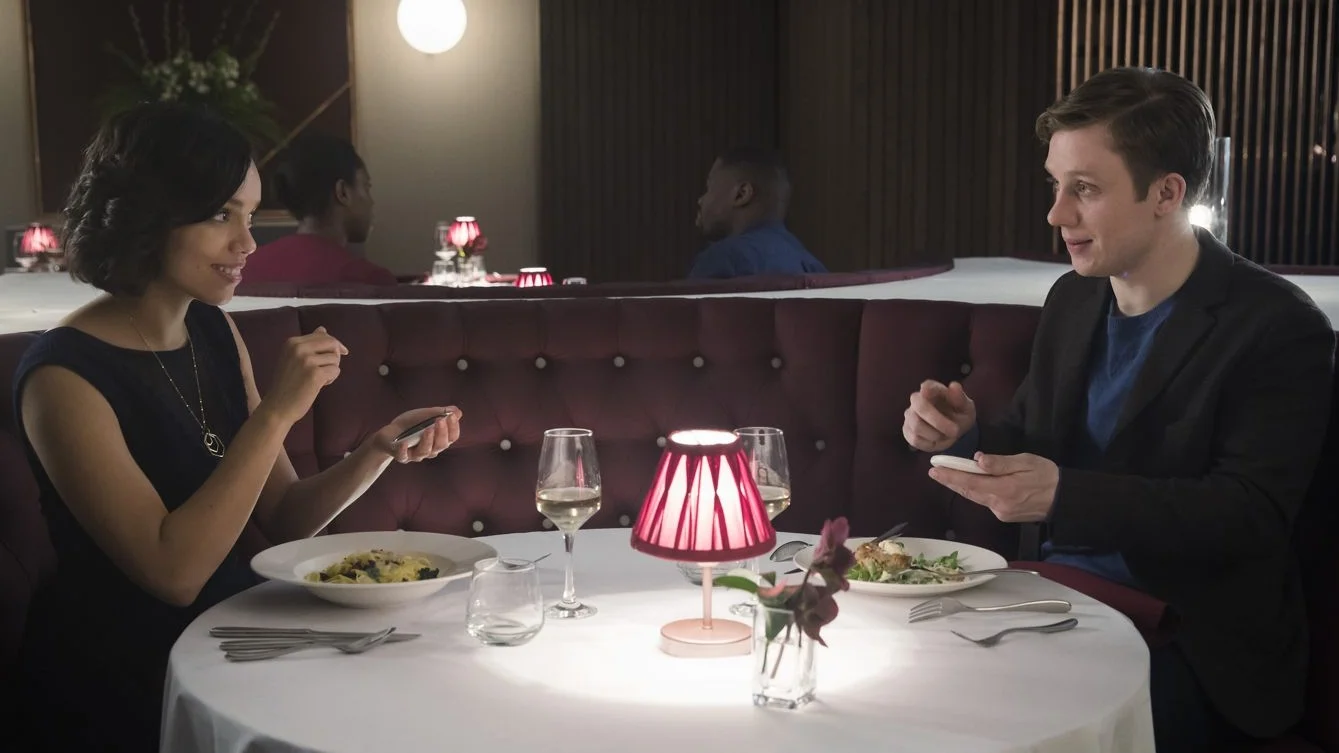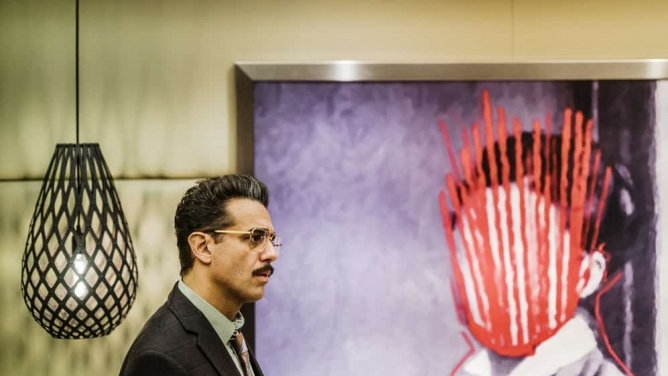TV Recap: The Defenders
Starting in 2015 with the premiere of Daredevil, Marvel’s Netflix series have expanded and spun off to highlight Jessica Jones, Luke Cage and Danny Rand as Iron Fist, in their own standalone but interconnected seasons. Reactions to the four series have been mixed, to put it lightly.
Daredevil received praise for its depiction of main villain Wilson Fisk and introduction of anti-hero Punisher, but also criticism for being fairly slowly plotted in both of its seasons. Jessica Jones had nuanced portrayals of sexual assault survivors and PTSD, along with its sincerely creepy villain Kilgrave, but some secondary characters were underdeveloped. Luke Cage depicted its version of Harlem as a character itself, but also fell into the trap of immediately introducing things to undermine its unbreakable man’s superpowers as a means for adding dramatic weight. Iron Fist… also happened.
With The Defenders, the challenge in bringing the four leads together in a meaningful and understandable way was quite real—the only true, solid connection between the four series’ stories (besides a side-plot in Jessica Jones introducing Luke Cage) was real MVP Claire Temple (Rosario Dawson, whose superpower is not putting up with anyone’s shit). Three of the series were set in New York, but took place on such a personal scale that they might as well have been in different states.
Thankfully, Defenders brings them together after a few episodes that set up the chess pieces establishing threats and story threads. The show never loses sight of the fact that these four leads are their own people, with their own lives, intersecting with the others’ for their own personal reasons. When the four aren’t together, each has scenes lit with their signature color, so the viewer never loses sight of the fact they're individuals—Jessica has scenes with Trish lit in purples, Matt’s scenes have hints of reds in the production design to set him apart, Luke’s scenes in Harlem are lit in golds and yellows, and Danny has greens with hints of gold to suit his signature comic outfit’s colors (that we still, for some reason, do not see him wear, which makes Daredevil’s suit look even more ridiculous in contrast; baffling decision).
The threat in Defenders is a built-upon thread of scheming by The Hand, introduced in Daredevil’s first season, expanded in the second, and explored in Iron Fist as world-threatening conspirators. While you don’t necessarily need to have seen Iron Fist to grasp how The Hand work or why they’re threatening, you’d be well-served to have the two seasons of Daredevil in your mind, as Stick returns to guide the group and spew exposition while dunking all over each of their heads in classic Scott Glenn fashion.
The Hand have brought back Elektra from the dead for their own ends, using the chi power of the Iron Fist to allow them access to a cache of what they require for the resurrection of their clan members. Sigourney Weaver’s Alexandra serves as their leader and exudes the kind of casual menace only a good antagonist can provide (according to interviews on the subject, do not call her a villain). And she does it well, delivering the kind of over-the-top dialogue that a lesser actress would be tempted to go broad with. The full five leaders of the Hand (called the fingers—cuz y’know, “hand”) come together to serve the common goal, each with their own flavor and personalities as characters. These are no cookie-cutter vill—I’m sorry, antagonists.
And they do antagonize masterfully—there are very few run-of-the-mill hallway fights to be found in this series, as the one we all saw in the trailer begins in a board room, demonstrates how the four can work together before they really even decide to do so, and lets everyone have a moment to shine.
The best moments, though, are in the conversations between the Defenders when they’re not fighting with their fists—Luke calls out Danny for having more power and privilege as a billionaire white guy than anyone with powers in the room; Jessica dresses down Matt for hiding his face among people who fought alongside him when half of the people in the room already know his name. Claire tells Luke and Danny to settle their shit so the city doesn’t literally cave under the machinations of the Hand. There’s smart, concise dialogue that moves the plot forward faster than most episodes of the foundation series that feed into this team-up, and it’s great to watch.
Defenders’ final episode plays out well, if predictably. The team descend on the Hand’s endgame plan, the side characters have their own minor heroics to play a part in, and a character makes a choice that is perfectly in-line with their personality as established to that point, but is no less impactful. The final moment may undercut the drama, but falls right in line with similar proceedings as shown in the comic source material. Overall, it’s a fun team-up that fits the kind of threat these four can handle, and leaves some threads to work with in the future, while also ending strongly. It’s definitely worth a marathon watch.
































